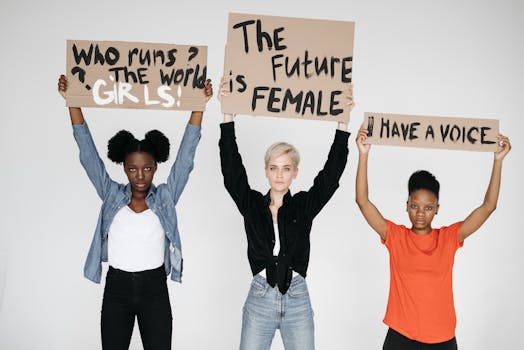
Cultural Fusion: Embracing Diversity in European Lifestyles by 2025
Cultural Fusion: Embracing Diversity in European Lifestyles by 2025 is becoming increasingly important in today’s globalized world. As people from different cultural backgrounds come together, they bring with them unique perspectives, traditions, and values that can enrich our lives. In this article, we’ll explore the concept of cultural fusion and its significance in European lifestyles by 2025.
What is Cultural Fusion?
Cultural fusion refers to the blending of different cultural practices, traditions, and values to create a new and unique cultural identity. This can occur through various means, such as migration, globalization, and technological advancements. As people from different cultural backgrounds interact and exchange ideas, they create a new cultural landscape that is diverse, vibrant, and dynamic.
Benefits of Cultural Fusion
The benefits of cultural fusion are numerous. It can lead to:
- Increased diversity and inclusion: Cultural fusion promotes the exchange of ideas and practices between different cultural groups, leading to a more diverse and inclusive society.
- Enriched cultural heritage: The blending of cultural practices and traditions can result in a richer and more vibrant cultural heritage.
- Improved understanding and tolerance: Cultural fusion can help break down cultural barriers and promote greater understanding and tolerance between different cultural groups.
- Innovation and creativity: The exchange of ideas and practices between different cultural groups can lead to innovation and creativity in various fields, such as art, music, and cuisine.
Cultural Fusion in European Lifestyles by 2025
By 2025, cultural fusion is expected to play a significant role in shaping European lifestyles. As migration and globalization continue to increase, European societies will become increasingly diverse. This diversity will bring about new opportunities for cultural exchange and fusion, leading to a more vibrant and dynamic cultural landscape.
In Europe, cultural fusion will manifest in various ways, such as:
- Food: The fusion of different culinary traditions will result in new and exciting cuisine.
- Music and art: The blending of different musical and artistic styles will lead to innovative and creative expressions.
- Fashion: The fusion of different fashion styles and trends will result in a unique and vibrant fashion scene.
- Language: The exchange of languages and dialects will lead to a more linguistically diverse society.
Challenges and Opportunities
While cultural fusion presents many opportunities, it also poses challenges. Some of these challenges include:
- Cultural homogenization: The risk of cultural homogenization, where one culture dominates others, is a significant challenge.
- Social cohesion: The integration of different cultural groups can be a challenge, requiring efforts to promote social cohesion and understanding.
- Language barriers: Language barriers can hinder communication and exchange between different cultural groups.
Despite these challenges, cultural fusion also presents many opportunities, such as:
- Economic growth: Cultural fusion can lead to economic growth through innovation, creativity, and entrepreneurship.
- Social mobility: Cultural fusion can promote social mobility by providing opportunities for education, employment, and social advancement.
- Personal growth: Cultural fusion can lead to personal growth and development through the exchange of ideas and experiences.
Conclusion
In conclusion, cultural fusion is a powerful force that is shaping European lifestyles by 2025. By embracing diversity and promoting inclusion, we can create a more vibrant and dynamic cultural landscape. While challenges exist, the opportunities presented by cultural fusion are numerous, and it is up to us to seize them and create a brighter future for all.
Recommendations
To promote cultural fusion and its benefits, we recommend:
- Promoting education and awareness about different cultural practices and traditions.
- Encouraging language exchange and linguistic diversity.
- Supporting cultural events and festivals that celebrate diversity and inclusion.
- Fostering social cohesion and community engagement through cultural activities and initiatives.





